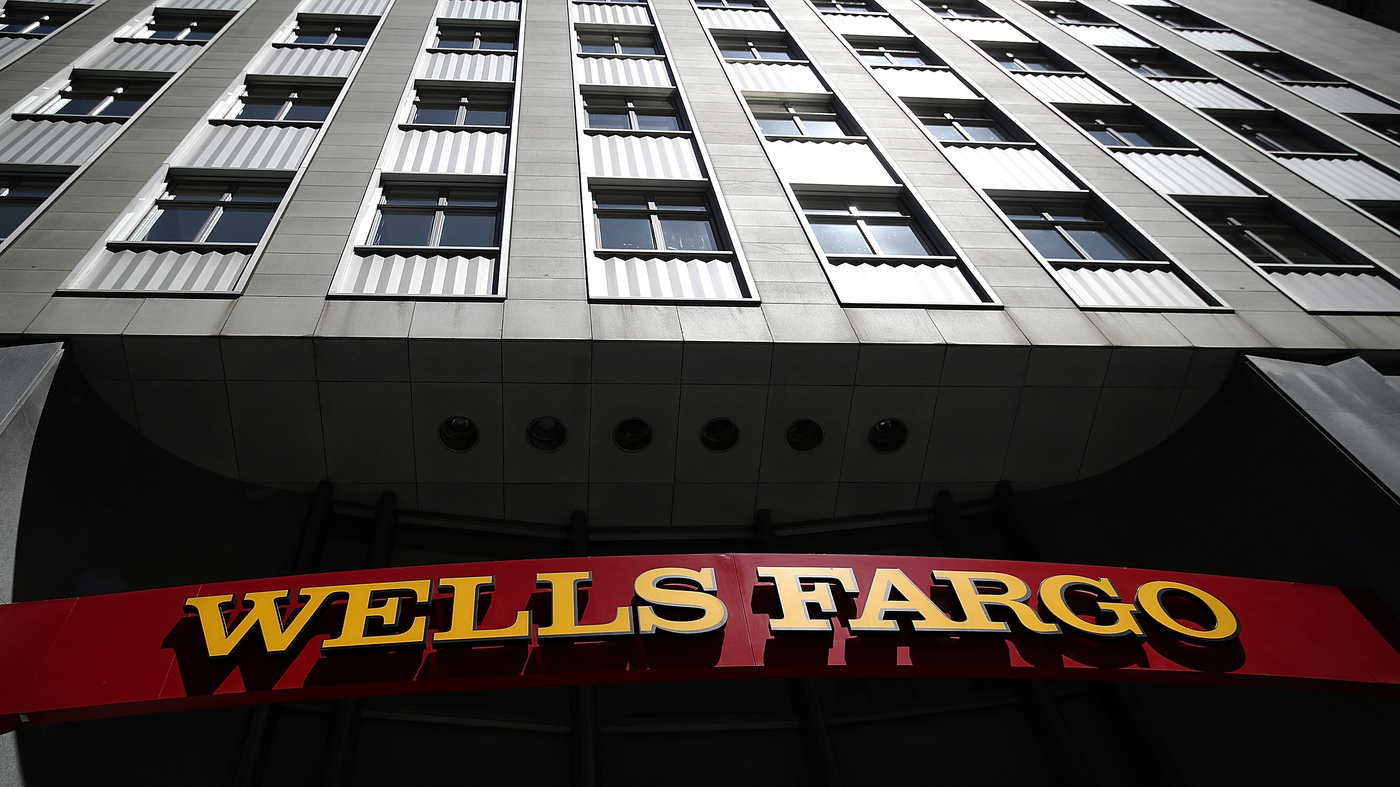Andrea Hsu
Heidi Brooks, senior lecturer in organizational behavior at the Yale School of Management, points to the chair she discovered was missing from her office on campus. Then she remembered it’s been in her home office since she brought it home at the start of the pandemic. Valerie Small hide caption
Heidi Brooks, senior lecturer in organizational behavior at the Yale School of Management, points to the chair she discovered was missing from her office on campus. Then she remembered it’s been in her home office since she brought it home at the start of the pandemic.
Heidi Brooks, a senior lecturer at the Yale School of Management, was thrilled last week to teach in person for the first time in two years.
But the trip to campus for the two hour class on everyday leadership ate up much of her day, and not because of her commute.
“I had to go to my office, I had to walk across campus. I had to figure out a parking situation. ‘Where is my office, anyway?'” she thought to herself.
And then upon arrival, the worst: Her office chair was missing. Who’d taken it?
It turns out — she had. It was sitting in her home office.
According to a Gallup survey, 26% of full-time workers were still working exclusively from home as of December 2021.
Nearly two years into the pandemic, some of those workers are finally heading back in, at least a couple days a week. Companies whose earlier plans to bring workers back were thrown off by delta and omicron are now announcing new return-to-the-office dates. For example:
But the workplaces employees return to won’t be the same places they left two years ago, says Brooks, who also works as a consultant on workplace issues. Work flows have changed. Expectations have changed. Your team probably looks different from how it looked two years ago.
“What does it mean to be part of a team if I’ve never actually met them before? And what does it mean to actually have a shared experience?” she asks.
Wells Fargo announced that employees who have been working remotely for nearly two years will return to the office on March 14, 2022, on a flexible hybrid schedule. Justin Sullivan/Getty Images hide caption
Wells Fargo announced that employees who have been working remotely for nearly two years will return to the office on March 14, 2022, on a flexible hybrid schedule.
For Lesley Gantt, who works in brand marketing for Wells Fargo, returning to the office means the return of a commute several times a week. But it’s a sacrifice she’s happy to make for what she will gain back: physically seeing people.
“You get in in the morning, and you grab your best friend at work and go have coffee and get ready for the day,” she says.
But from there, the day may look very different from the past. Wells Fargo employees will no longer have assigned desks. They’ve been replaced with “neighborhoods” of offices and desks with rotating residents, depending on who comes in on what days.
“That’s going to be a huge learning curve, just getting used to that openness,” says Gantt.
Still, Gantt knows the transition will be easier for her than others. She doesn’t have children. She doesn’t have a pet at home who’s used to having her around all day. Her husband, who will continue to work from home, is excited to have the whole house to himself.
Moreover, during the pandemic, she moved from Charlotte, North Carolina, to Greenville, South Carolina, to be closer to her mother. It’s a five-minute drive from her new home to Wells Fargo’s Greenville offices.
She recognizes not everyone will have it so easy.
“It would be naive to to say everyone’s going to be excited,” says Gantt. “That’s the human nature. Nothing is 100%, everybody’s on board.”
She’s grateful that Wells Fargo, among many employers, is giving workers the flexibility to continue working remotely part-time.
For many remote workers, productivity soared in the pandemic. People no longer had to spend the time getting to and from work or even to and from meetings.
“The pandemic just underscored that we basically could work all of the time,” says Brooks.
Productivity expectations may need to be reset as workers relearn how to do basic things, including interacting with one another.
“We have to remember how to go back to what we thought was our everyday experience, but it’s not feeling so familiar anymore,” Brooks says.
As workers transition back to the office, Brooks hopes companies will take the time to check in with workers periodically and to keep their well-being a top priority, even after the public health crisis is over.
“Now’s the perfect moment. We’re returning. We’re changing. We’re shifting. We’re hopefully learning,” says Brooks. “I think we might be able to return to a better office than we had before.”
NPR thanks our sponsors
Become an NPR sponsor
Discover The 'Can't-Fail' CPA Offers With Just 1- Click
